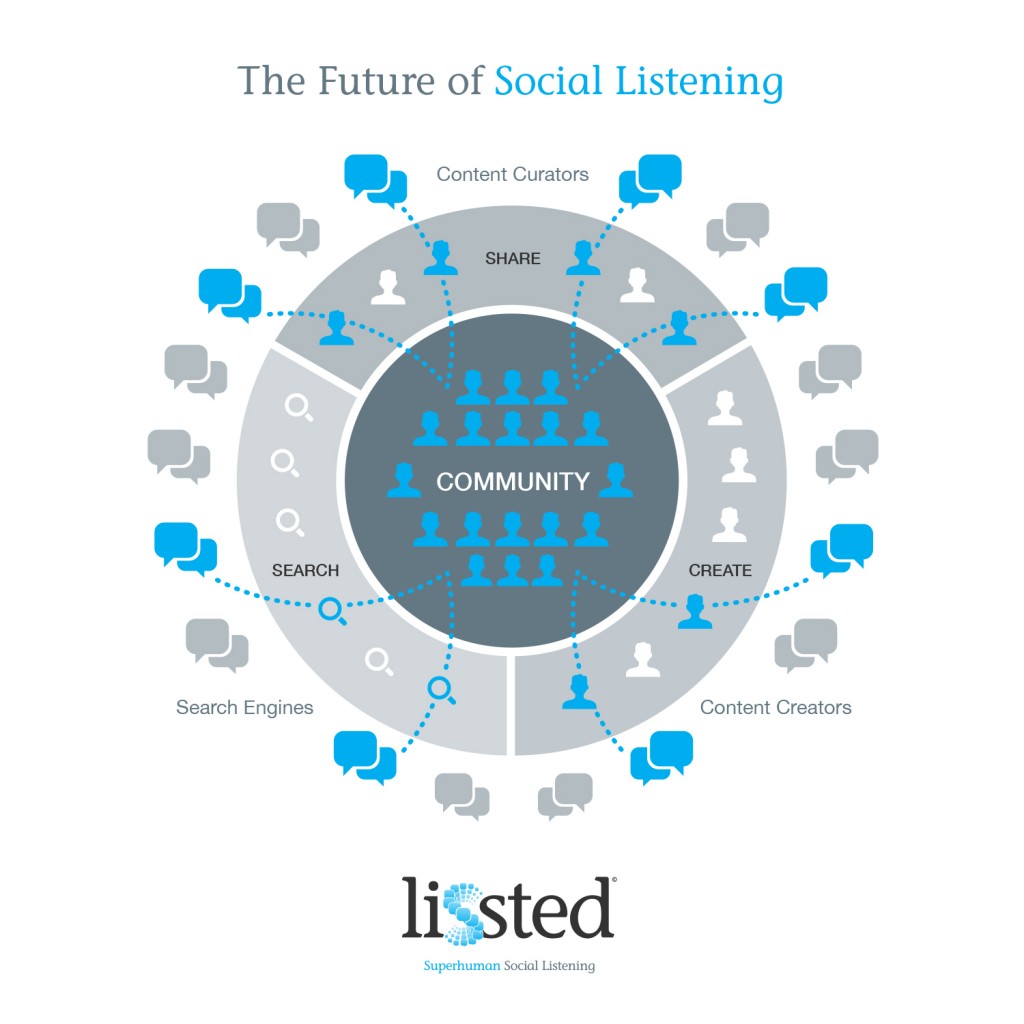26/1/15 Post has been updated to include some entries that were missed off the original post and to take account of feedback in comments and on Twitter.
Paul Sutton posted yesterday about the “Mysterious Case of the Disappearing Comms Bloggers“. In the post Paul highlights the apparent demise of marketing and communications bloggers in the UK.
I thought I’d investigate PR related blogs in particular. To do this I analysed the tweets from over 500 of the most influential members of the UK PR community over the last 60 days (c. 140,000 tweets all told).
Within these there were a little under 2,000 domains represented that were shared by two or more members of the community during the period. Of these I spotted 73 sites that are PR related, or carry PR content, and are UK based.
6 media outlets – The Drum, Econsultancy, PRWeek, Holmes Report, PR Moment and Communicate.
35 corporate sites – almost all agencies with a few service providers included. Some, or all, of these could be in the list due to posts on their corporate blogs being shared, though it could also be content like news announcements or job opportunities.*
Of the remaining 32 sites, 7 are multiple contributor sites – CIPR Conversation, the PRCA’s blog, Comms2point0 (Dan Slee, Darren Caveney), Behind the Spin, PR examples, PR Conversations (Judy Gombita, Heather Yaxley, Marcus Pirchner) and CharityComms. Paul’s post itself appears on both his own personal blog and the CIPR Conversation.
Leaving 25 sites that relate to a single individual “blogger”. In alphabetical order these are:
alexsingleton.com
allthingsic.com (Rachel Miller)
antonymayfield.com
benrmatthews.com
blog.magicbeanlab.com (Mat Morrison)
blog.sarahhallconsulting.co.uk
byrnebabybyrne.com (Colin Bryne)
chrisnorton.biz
commsbird.wordpress.com (Rachel Moss)
dannywhatmough.com
domburch.blogspot.co.uk
escherman.com (Andrew Smith)
greenbanana.wordpress.com (Heather Yaxley)
markborkowski.co.uk
markpack.org.uk
maxtb.com (Max Tatton-Brown)
nevillehobson.com
paulsutton.co
prstudies.com (Richard Bailey)
sarahpinchblog.wordpress.com
showmenumbers.com (Some random guy)
stimsonsarah.com
stuartbruce.biz
tomrouse.co.uk
wadds.co.uk (Stephen Waddington)
Conclusion
The data suggests there’s a relatively small cohort of UK PR bloggers that are garnering attention with personal blogs.
Meanwhile a large proportion of content being shared would appear to consist of corporate blogs or people contributing to media outlets and shared platforms.
—————————–
A few points to note:
1. The timeframe of this analysis (over the Christmas period) may mean that some blogs haven’t appeared because they didn’t post much, if at all, during the 60 days. I will re run the analysis in March to see if the picture is similar.
2. Posts will almost certainly be being shared through other means than Twitter, LinkedIn for example, but I would still find it surprising if interesting posts weren’t being shared to some extent on Twitter.
3. It’s possible there are blogs that are attracting significant attention from the UK PR community, just not from the group of influencers our data looks at. This seems unlikely as I’d be surprised if at least some of this group wouldn’t have picked up on such content.
4. The option to now publish within LinkedIn may be a substitute for personal blogs, as could Medium. Both of these sites appear high in the list so it could be worth looking at these in more detail.
5. I could have just missed someone relevant on the results. If anyone wants to look at the full list let me know.
* Corporate sites
I haven’t included sites that relate to agencies with global operations e.g. edelman.com, blog.ketchum.com where it’s likely that content is being created by UK based staff. The exception being where a dedicated .co.uk domain appeared in the list.
1000heads.com
10yetis.co.uk
battenhall.net
bellpottinger.com
berkeleypr.co.uk
blog.wildfirepr.com
bottlepr.co.uk
brands2life.com
ccgrouppr.com
citypress.co.uk
claremontcomms.com
commsaxis.com
gorkana.com
grayling.co.uk
hanovercomms.com
hkstrategies.co.uk
hopeandglorypr.com
hotwirepr.co.uk
houstonpr.co.uk
joshuapr.com
kaizo.co.uk
liberatemedia.com
mslgroup.co.uk
prezly.com
prohibitionpr.co.uk
publish.lewispr.com
realwire.com
richleighandco.com
tangerinepr.com
umpf.co.uk
weareliquid.com
wearesevenhills.com
wearesocial.net
webershandwick.co.uk
whitehouseconsulting.co.uk
